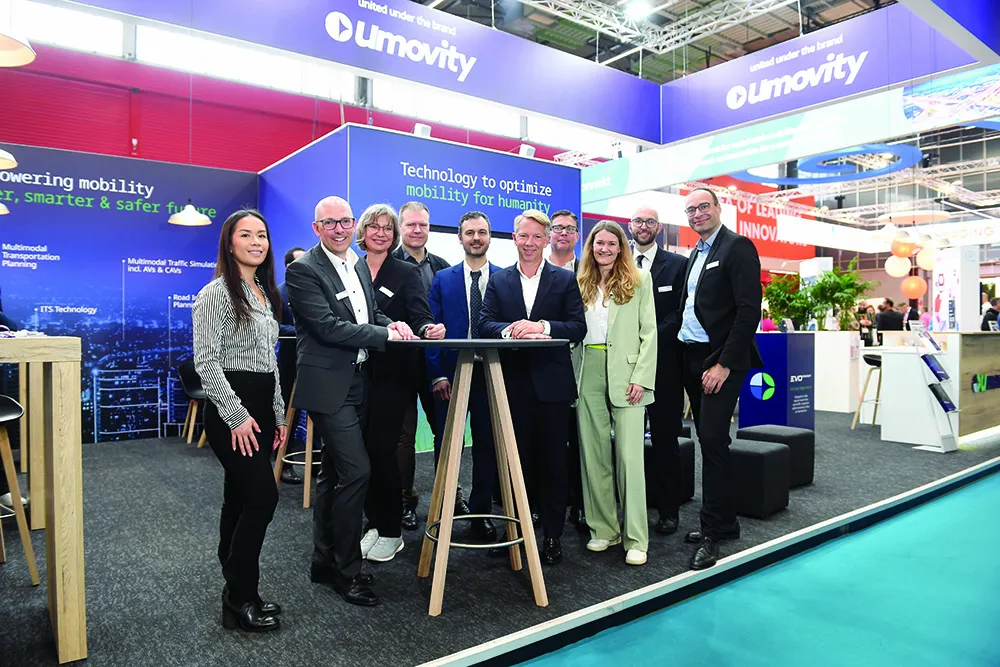As part of the agreement, Econolite will private label smartmicro’s next-generation model UMRR-0F of intersection management sensor products, Stop Bar+ and Stop +Advance, and sell to North American markets (United States, Canada, Mexico and the Caribbean).
This next generation of radar vehicle sensors includes built-in Ethernet connectivity, as well as Compass and Attitude features, which simplifies and speeds installation setup while enhancing detection accuracy.
This new agreement builds upon Econolite’s existing arrangement with smartmicro’s Advance+ product. The addition of the smartmicro intersection management products provides comprehensive coverage for stop bar, advance, dilemma zone, and system detector applications, which will also be available to Econolite’s distributors and agents.
“We tailor our product development and offerings to the requirements of our customers,” said Econolite Group chairman and CEO Michael Doyle, “Customer requests and project specifications for radar detection solutions continue to grow. Ensuring that we have the detection solutions the customer wants and that provide the highest levels of performance will always be our focus. We are excited to offer our customers leading-edge radar detection sensors from smartmicro.”
“We are pleased to have reached this strategic distributor agreement with Econolite,” said smartmicro co-founder and managing director Dr Ralph Mende. “In addition to detection, our traffic radar sensor technology provides enhanced capabilities such as real time measurement of range, speed, and lane position of all vehicles simultaneously, which is a natural fit for the data-driven ITS programs in North America.”









